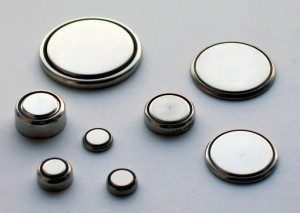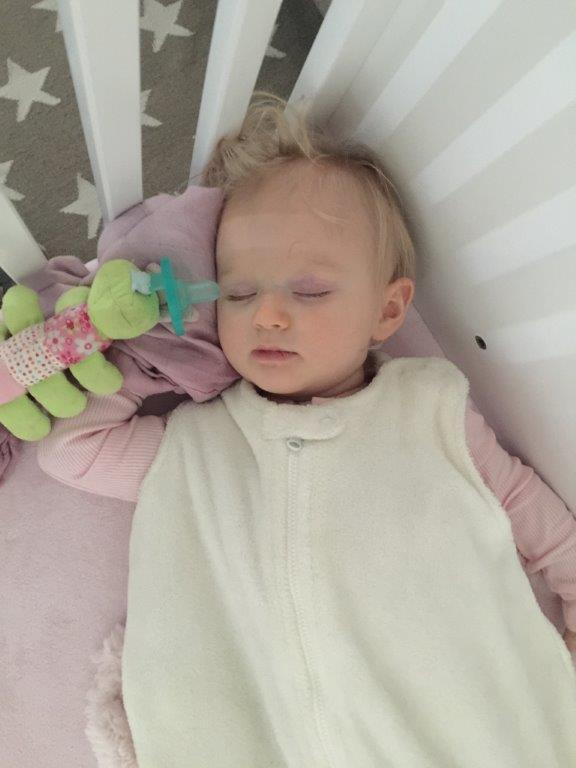An old adage states that you can drown in as little as a teaspoon of water. Some don’t believe this is possible. My research states that it is. Their are more than a few types of drowning. The most common three are wet, dry and secondary. Wet drowning involves being “in” water, taking as little as a teaspoon of water into your lungs without the ability to expel it would be considered dry drowning and secondary drowning according to Web MD occurs 1-24 hours after the initial incident.
I bring up this topic after hearing of two tragic events in our local news in 2 days. Water can be dangerous and not just for an unbalanced infant in the tub. So I outline below the dangers of water in different situations and some best practices to implement if you aren’t using them already.
Bathtubs– Old and young alike need to be cautious with the standing water amounts in bathtubs. During a fall even a small amount of standing water could be enough to drown. Small children are at an even greater risk when they are unable to right themselves. Not only should you be vigilant with a child in the tub, but extra cautious with multiple children bathing together as well. Child supervision does not replace the watchful eye of an adult.
Pools– I have lived with this “attractive nuisance” with small children and suffered many a nightmare as a result. Your kids, the neighborhood kids and adventurous teens are all drawn to this backyard oasis. Safeguarding against a tragedy means you need a good fence, a locked gate and clear rules for anyone at your house about pool use. It takes just a minute of distraction for a tragic accident to occur. Summer had just begun for a local teen who drown in his apartment complex pool here last Tuesday. He was 14, but could not swim. Please be sure that your children are enrolled in regular swim lessons. Start them early and make sure that they master the skill. You can drown at any age, but a swimmer always has a chance to save themselves. I have heard from 2 moms recently that they had a close call with finding their child floating face down in a pool unattended- it is not something that I imagine you want to experience twice.
Also be sure to read the article How to Save Your Kid from Drowning from ModernMom.com http://www.modernmom.com/5fbdbdc0-48c3-11e3-87f1-bc764e04a41e.html. I was amazed to find out that I was totally in the dark on what drowning looks like.
As I am writing this I saw a Facebook post looking to purchase a plastic kiddie pool. Again, these are tons on fun, but do not leave small children unattended around them and if it is accessible to others dump it out between uses so no one else is at risk.
*I was always hyper vigilant with any babysitter who came to watch my children. The sun porch could not be used in my absence as it held the door that led to the pool. And I would only use the pool with another adult present while my children were in it.
Retention Ponds– Here is another attractive nuisance that seems to only be noticed when something horrible happens. I understand that they serve a valid purpose, but those living and playing near retention ponds must be aware of the dangers. I believe that working locks, additional locks or door alarms are needed if you have small children or someone mentally disabled and you live on or near a retention pond. Your local drug store probably sells an inexpensive adhesive door system that triggers an alarm when the door is opened while activated. You may not realize how important this is until you are searching for someone who is missing. Save yourself and them by implementing this safety measure in advance.
Lakes– A unnecessary drowning happened last week on the lake where I live. Lakes are fun to play on, but the laws that govern them are in place for a reason. This recent tragedy could have been avoided if the boaters that were tubing had been wearing PFD’s (life jackets).
Children who can’t swim well should be wearing life jackets on the boat and when swimming at all times. Please remember that lakes, unlike pools, mask what is below the surface with their deep and sometimes murky water. That can make jumping in dangerous and searching an even greater challenge. I have battled this when my children were little and I understand the difficulty, but I am sure the struggle to implement this rule will be worth a life saved.
Summer fun has a lost of positives, but I just want us to all enjoy it safely.
• Facebook • Twitter • Delicious • LinkedIn • StumbleUpon • Add to favorites • Email • RSS
The post More Than a Teaspoon of Water- Beware! appeared first on blog.babyplus.com.







